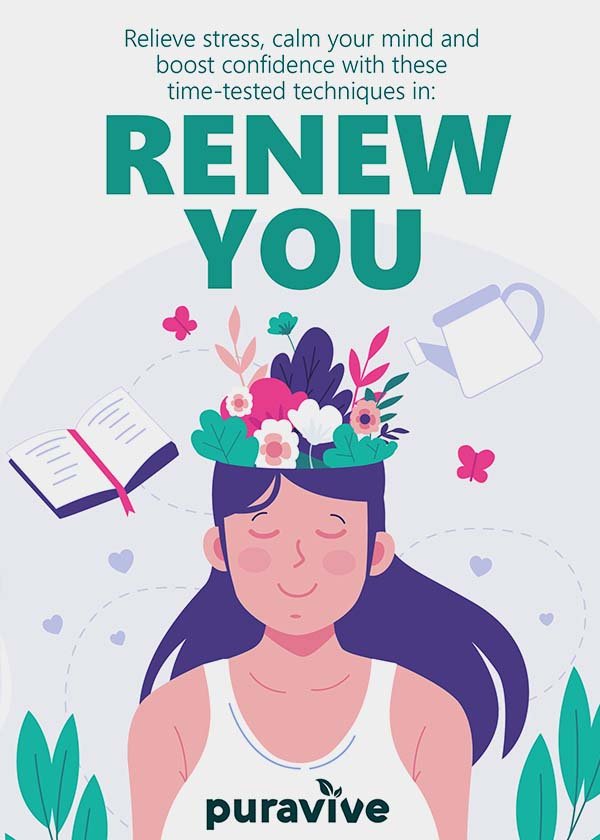Rewrite the
Have you ever asked someone how their day was, or been chatting casually with a friend, only to have them tell you a horrific story that has left you feeling distressed or emotionally exhausted yourself?
This is called “trauma dumping”. It’s when someone shares something traumatic or distressing without checking in first if the person they’re talking to has the capacity or willingness to take on that information.
Trauma dumping is not new, and you’ve probably experienced it (or inadvertently done it yourself) at some stage in your life.
But now, with the rise of social media platforms such as TikTok, the risk of experiencing trauma dumping has increased exponentially.
People often turn to TikTok for support or validation. And because TikTok’s algorithm is based on attention, it’s not uncommon for highly emotional stories to gather traction and go viral.
My colleagues and I wanted to understand more about trauma dumping on TikTok. In a recent study, we found people often share their trauma on TikTok. And this is usually done without a trigger warning.
TikTok and mental health
It’s estimated around 75% of the population have experienced a traumatic event at some point in their lives. This could include exposure to abuse or neglect in childhood, violence, natural disasters, the death of a loved one, or any other event which is unexpected, distressing, and causes long-term impacts on physical or mental health.
TikTok can be an important source of support and validation, especially for young people who have faced trauma, and who may not have sufficient support offline.
Previous research has shown TikTok provides a platform for talking about things like body image concerns, seeking support and information about gender and sexual diversity, and tackling stigma.
But while TikTok can be a great place for community, support and validation, at the same time it can be a hotbed for trauma dumping.
Importantly, sharing trauma on social media runs the risk of exposing other users to vicarious traumatisation, which is when a person is traumatised by someone else’s trauma.
Vicarious trauma is most common in people who work in “frontline” jobs, such as paramedics or therapists, who deal with trauma regularly. However, anyone can be at risk. Factors including personal experiences, personality traits (such as empathy), support systems and coping strategies all play a role in whether someone might experience vicarious trauma.
Prostock-studio/Shutterstock
In our study, we set out to explore the top videos on TikTok with one or more of five hashtags related to trauma: #traumatok, #trauma, #traumatized, #traumatic and #traumabond.
We looked the most viewed 50 videos from each hashtag. At the time we carried out our analysis in December 2022, these 250 videos had a total of 296.6 million likes, 2.3 million comments and 4.6 million shares.
#TraumaTok
We found the majority of videos (about 67%) were from people sharing their trauma. In many cases severe trauma was discussed, including child maltreatment, violence and death.
Our study also showed some videos (about 22%) were from people who claimed to be “experts” in trauma. They were using the platform to speak about the symptoms and treatment for trauma-related mental health conditions.
Worryingly, most “experts” (84%) did not disclose their credentials. And only a small proportion (2%) said they were licensed psychologists, counsellors or medical professionals (who are trained to provide evidence-based treatment or advice for mental health).
The remaining videos were either more general mental health content with a mix of hashtags such as “anxiety” and “depression”, or were meant to be humorous, using memes or jokes about trauma.
One of the most concerning things we found in our study was that only 3.7% of videos had some form of trigger warning. A trigger warning, often a verbal statement by the creator, text within the video or a caption, is meant to alert the audience that potentially distressing content is discussed in the video.

Ketut Subiyanto/Pexels
One of the limitations of our study was that we didn’t look at users’ experiences of viewing these videos. We also didn’t explore discourse on the app, such as comments and video replies.
We can’t say for sure what it’s like for people, especially young people or people with lived experience of trauma, to watch and interact with these videos. Exploring this should be a focus for future research.
Trigger warnings are important
None of this is to say that sharing stories, even traumatic ones, should never happen. In fact, we know support from others is essential for healing from trauma. This can be facilitated, among other avenues, through sharing stories on social media.
But to make this safer for everyone, TikTok should encourage trigger warnings, and creators should use them on videos where trauma is shared. This can give users the option to “opt out” and scroll on if they think they might not have the capacity to listen at that time.
For people consuming videos on TikTok and other platforms, it’s important to be wary of misinformation and think critically about the information they see, seeking further advice from other sources.
If you feel distressed by content you see on social media, seek support from a health-care professional.
If this article has raised issues for you, or if you’re concerned about someone you know, call Lifeline on 13 11 14.
in HTML format to be seo optimized related to this title
Trauma dumping: how sharing experiences on social media can cause distress for other users
. Create appropriate headings and subheadings to organize the content. Ensure the rewritten content is approximately 1000 words. Ensure to strip all images from final output i dont need images.At the end of the content, include a “Conclusion” section and a well-formatted “FAQs” section.Ensure there are no additional notes and introductory text in the final output.Final output is gonna publish directly as post content so keep in mind provide only rewritten post content without any introductory text or notes in result and kindly dont explain what you done or what you provided as output of this prompt
Recommended Products:
-

Organic Ashwagandha 2,100 mg – 100 Veggie Capsules Pure Organic Ashwagandha Powder and Root Extract – Stress Relief, Mood Enhancer
$16.95 Buy Now -

Pure Ormus White Gold Powder Monoatomic M-State 24k 99.99% | No Plastic, No Lye, No Dyes, No Fillers | 22 Grams
$33.99 Buy Now -

Krill Oil Omega 3 Supplement, Antarctic Krill Oil 1250 mg with Astaxanthin & Omega 3 Fatty Acid Supplement, High DHA & EPA Concentration for Brain & Joint Health Support, No Fish Burps (60)
$1,999.00 Buy Now



